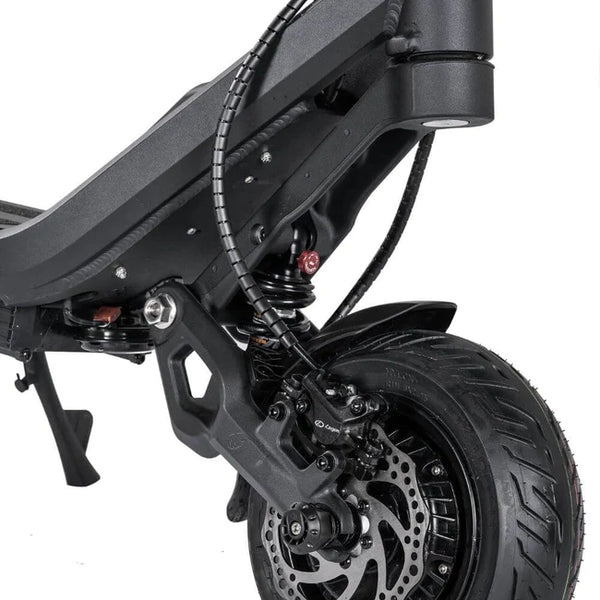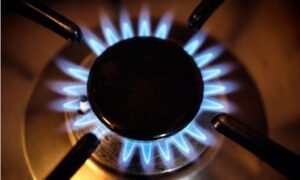Maintenance Tips for Early Detection of Faults of Your Car
Preventive maintenance is an essential aspect of car care that ensures your car runs efficiently and reliably. Many car owners tend to wait until their vehicle experiences problems before addressing them, but this reactive approach can lead to costly repairs and breakdowns. Preventive maintenance helps you catch issues early, prolongs the lifespan of your vehicle, and reduces the risk of unexpected failures. In this article, we’ll explore several preventive maintenance tips for early detection of faults in your vehicle, helping you keep your car running smoothly and avoid major issues down the line.
1. Regularly Check the Engine Oil
One of the most important preventive maintenance tasks is checking and changing your engine oil regularly. Engine oil plays a crucial role in lubricating and cooling the engine’s moving parts, reducing friction and preventing overheating. Over time, the oil can degrade and become less effective, which can lead to engine wear and potential damage.
Tip: Always follow the manufacturer’s recommended oil change interval, typically every 5,000 to 7,500 kilometres or as specified in your vehicle’s owner manual. During oil changes, also replace the oil filter to ensure maximum oil performance. Additionally, check the oil level monthly by using the dipstick, and top it up if necessary.
Early Detection: If you notice that the oil is dark or gritty, or if you hear unusual engine noises, these are signs that the oil is no longer functioning optimally. This could indicate that the oil is overdue for a change or that the engine is developing internal wear.
2. Monitor Tire Pressure and Tread Depth
Tires are one of the most critical components of your vehicle in terms of safety, performance, and fuel efficiency. Under-inflated or over-inflated tyres can cause poor handling, reduced traction, and even increase the risk of a blowout. Additionally, worn-out tyres with low tread depth can significantly impair braking efficiency, especially in wet or slippery conditions.
Tip: Check tyre pressure at least once a month using a tyre pressure gauge. Also, inspect the tyres for any visible damage, such as cuts, bulges, or punctures. Ensure that your tyres are inflated to the manufacturer’s recommended pressure, which can typically be found in the owner’s manual or on a sticker inside the driver’s door frame. Rotate the tyres regularly and replace them when the tread depth falls below 1.6mm, which is the legal minimum in many regions.
Early Detection: If you notice uneven tread wear or bald spots on the tyres, this could indicate alignment issues or suspension problems. A warning light on your dashboard may also alert you to low tyre pressure.
3. Inspect the Brakes Regularly
Your vehicle’s braking system is crucial for safety. Regular brake inspections are necessary to ensure that all components, including brake pads, rotors, and fluid levels, are in good working condition. Worn-out brake pads or damaged rotors can lead to reduced braking performance, longer stopping distances, and even brake failure.
Tip: Have your brakes checked every 10,000 kilometres or sooner if you experience any unusual symptoms. Listen for squeaking or grinding noises, which indicate that the brake pads may be worn. Additionally, check the brake fluid levels regularly and top up with the recommended fluid as needed.
Early Detection: If the brake pedal feels soft or spongy, or if you notice a decrease in braking efficiency, these could be signs of air in the brake lines, worn pads, or low brake fluid. Addressing these issues early can prevent costly repairs and ensure your safety on the road.
4. Check the Battery Condition
A failing car battery is a common cause of sudden breakdowns, especially in extreme weather conditions. Regularly inspecting the battery helps you avoid unexpected failures and ensures that your car starts reliably.
Tip: Check the battery terminals for corrosion and clean them if necessary. Ensure that the battery is securely mounted and that there are no visible cracks or leaks. Additionally, test the battery voltage with a multimeter to ensure it’s holding a sufficient charge. If the battery is more than 3 to 5 years old, consider replacing it, even if it seems to be functioning normally.
Early Detection: If you notice dim headlights, slow engine cranking, or if your car takes longer to start than usual, these are signs that the battery may be nearing the end of its lifespan. Getting the battery tested regularly can help you catch these issues before they cause breakdowns.
5. Keep an Eye on the Cooling System
The cooling system prevents the engine from overheating, which could cause significant damage. Regular checks and maintenance of the cooling system are essential to avoid engine overheating and the potential for costly repairs.
Tip: Regularly check the coolant level and top it up with the manufacturer-recommended coolant if needed. Inspect the radiator, hoses, and water pump for any leaks, cracks, or wear. Also, replace the coolant every 2 to 3 years or as recommended by your vehicle’s manufacturer.
Early Detection: If your engine temperature gauge reads high or you notice steam rising from under the hood, it’s a clear sign that the cooling system is malfunctioning. Additionally, if you experience coolant leakage under the vehicle, it could indicate a cracked hose or a damaged radiator.
6. Inspect the Air Filters and Fuel System
The air and fuel systems play an essential role in the performance and efficiency of your vehicle. A clogged air filter can reduce engine efficiency and increase fuel consumption, while a dirty or clogged fuel system can cause poor engine performance and misfires.
Tip: Check and replace the air filter every 12,000 to 15,000 kilometres, or more frequently if you drive in dusty conditions. Regularly inspect the fuel system for any signs of leakage or wear, and ensure that the fuel injectors are functioning properly.
Early Detection: If your car experiences poor acceleration, rough idling, or reduced fuel efficiency, it may be time to check the air filter and fuel system. A check engine light on the dashboard can also indicate problems with the fuel system.
7. Listen for Unusual Sounds and Smell for Strange Odors
Often, your car will give you subtle clues about potential faults before they develop into significant issues. Pay attention to any unusual noises, vibrations, or smells that might indicate underlying problems.
Tip: Regularly listen for abnormal sounds, such as grinding, knocking, or squealing. These noises often point to issues with components like the brakes, suspension, or engine. Similarly, pay attention to any strange odors such as burning, which could indicate overheated components or an oil leak.
Early Detection: If you detect a strong smell of gasoline, burning rubber, or unusual engine sounds, these are clear signs that something is wrong. Ignoring these warning signs can lead to severe damage and expensive repairs.
Conclusion
Preventive maintenance is the key to ensuring your vehicle, including used cars in Kerala, remains reliable, safe, and efficient. By regularly checking the engine oil, tires, brakes, battery, cooling system, air filters, and fuel system, you can detect faults early and address them before they become major problems. Additionally, being attentive to any unusual sounds or smells can alert you to potential issues that require immediate attention. Regular preventive maintenance not only saves you money in the long run but also extends the life of your vehicle, keeps you safe on the road, and prevents unexpected breakdowns. Make these tips a part of your routine, and your car will remain in top condition for years to come.
Also read:
Understanding the Cash for Cars Process at Car Wreckers Adelaide













Post Comment